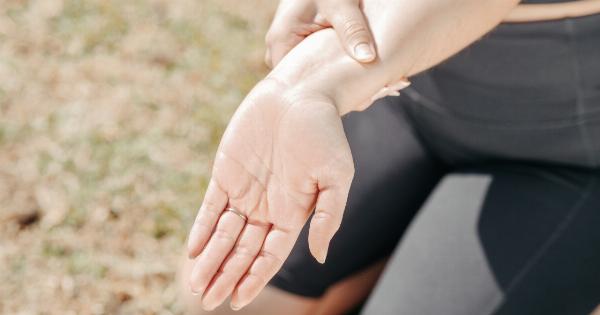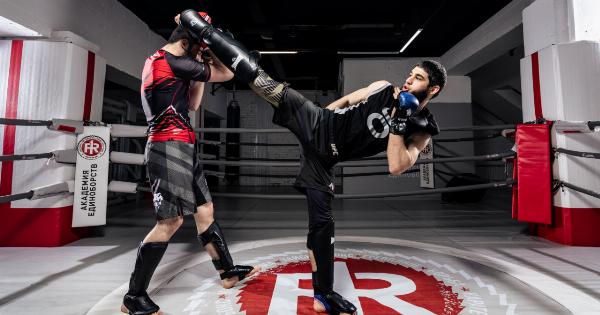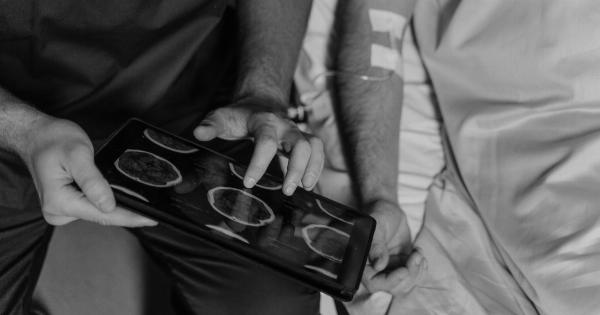Gymnastics is often considered one of the most elegant and beautiful sports in the world. Athletes in this sport perform a variety of acrobatic feats such as flips, twists and balances, all executed with gracefulness and agility.
However, this sport also comes with risks and can result in different injuries that can affect both the performance and quality of life of gymnasts.
Sprains and Strains
One of the most common types of injuries among gymnasts are sprains and strains, which occur when a muscle or ligament is overstretched or torn. This can happen when a gymnast lands improperly, twists too violently or generally overexerts themselves.
Common areas for these injuries include the ankles, wrists and knees, and can cause significant pain, swelling and mobility issues. Treatment for sprains and strains often involves rest, ice, compression and elevation to minimize swelling and promote healing.
Fractures
Gymnasts are also at high risk of bone fractures due to the impact they experience during their performances. This can occur in any bone in the body, but injuries to the arms, legs and spine are the most frequent.
Fractures can be debilitating and may require a lengthy rest period to recover. In some cases, surgery may be necessary to mend a broken bone properly.
Gymnasts can reduce their risk of fractures by wearing appropriate gear, such as padded mats, wrist guards and ankle braces, and by practicing landing techniques to minimize the impact forces they experience.
Back Injuries
Due to the twisting, bending and contorting movements required of many gymnastics routines, the back is particularly susceptible to injury.
Gymnasts can experience herniated discs, sprains of the ligaments and muscles in the back, and even spinal fractures. These injuries are often severe and can take a long time to heal. In some cases, gymnasts may need to undergo extensive rehabilitation to regain full movement and avoid further complications.
Head and Neck Injuries
Head and neck injuries are some of the most severe types of injuries that gymnasts may experience.
In particular, concussions are a concern, as gymnasts can be particularly susceptible to them when they land too forcefully or suffer a blow to the head during a routine. Neck injuries can also occur from the force of impact and can result in serious spinal damage. Prevention involves wearing appropriate headgear, such as helmets, and practicing proper technique and landing mechanics.
Tendinitis
Tendinitis is a condition that occurs when a tendon, the tissue that connects muscle to bone, becomes inflamed. This condition is common in gymnasts as they often place repeated stress on their joints, particularly in the shoulders and elbows.
Experiencing this type of injury can cause pain and limit range of motion. Treatment may involve rest, ice and physical therapy to reduce inflammation and promote healing.
Wrist Injuries
Gymnasts also frequently experience wrist injuries, often due to the repetitive stress of weight-bearing activities on the arms, wrists, and hands.
This can result in sprains and strains of the wrist, as well as more severe conditions such as wrist fractures or cartilage damage. Proper wrist conditioning and strengthening exercises can help prevent these injuries, and wearing wrist supports can help absorb the impact forces that lead to injury.
Ankle Injuries
Ankle injuries are also popular among gymnasts, often occurring from landing improperly or awkwardly after a routine. Sprains and strains are common, as are more severe conditions such as Achilles tendon tears or ankle fractures.
Rehabilitating an ankle injury can be a significant challenge, as it takes time to rebuild strength and flexibility in the affected joint.
Knee Injuries
Knee injuries are prevalent among gymnasts due to the forces generated on the knee joint during impact.
Landing from a high vault or dismount, for example, can put severe stress on the knee, leading to painful conditions such as ligament tears, meniscus injuries or patellar tendonitis. Knee injuries typically require a prolonged period of rest and rehabilitation before a gymnast can return to their sport.
Conclusion
Gymnastics is a beautiful and challenging sport, but it can also be risky for athletes who participate in it.
Knowing the most frequent types of injuries that gymnasts experience can help you evaluate the risks of competing and implement injury prevention techniques. Wearing appropriate gear, practicing proper technique, and seeking proper health care when injuries occur can all reduce the likelihood of experiencing debilitating injuries and promote safe, healthy competition.






























